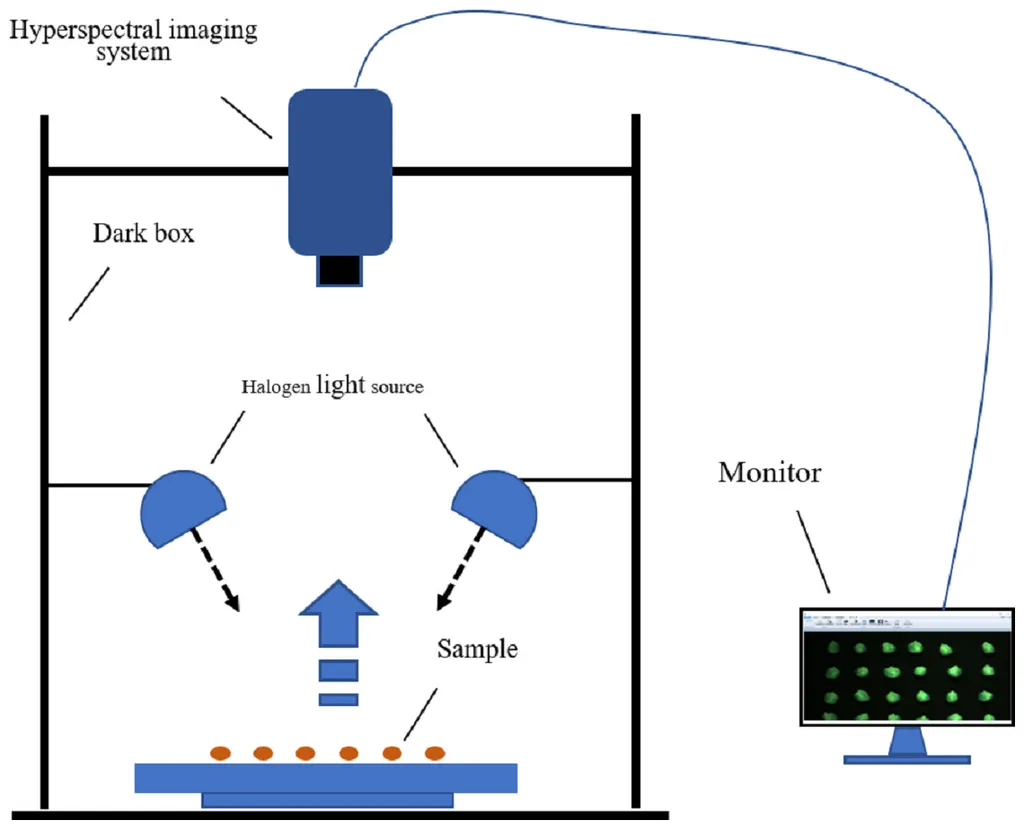In the rapidly evolving world of agricultural technology, a groundbreaking study led by Shuxiang Fan from the School of Technology at Beijing Forestry University has introduced a novel method for classifying maize seed varieties with remarkable accuracy. By combining hyperspectral imaging with advanced machine learning techniques, Fan and his team have developed a framework that could revolutionize how we identify and manage maize varieties, with significant implications for the energy sector.
The study, published in the journal *Agronomy* (which translates to “Field Management” in English), leverages the power of Convolutional Neural Networks (CNNs) and Long Short-Term Memory (LSTM) networks to analyze spectral data obtained from hyperspectral imaging. This non-destructive sensing technology captures detailed spectral information from maize seeds, which is then processed using Savitzky–Golay (SG) smoothing and standard normal variate (SNV) preprocessing to enhance data quality.
One of the key innovations in this research is the application of the competitive adaptive reweighted sampling (CARS) algorithm. This algorithm significantly reduces the dimensionality of the data by identifying and retaining only the most relevant spectral features. As Fan explains, “The CARS algorithm helped us minimize redundant information and improve the model’s stability and computational efficiency. This was crucial for achieving high accuracy in our classification tasks.”
The CNN-LSTM model, built on the selected wavelengths, achieved an impressive accuracy of 95.27% in classifying maize varieties. This performance surpasses traditional chemometric models such as partial least squares discriminant analysis, support vector machines, and extreme learning machines. The model’s ability to extract complex spectral features and offer strong generalization capabilities makes it a powerful tool for maize variety identification.
The implications of this research extend beyond the agricultural sector. In the energy sector, where maize is a crucial feedstock for biofuels, accurate variety identification can enhance the efficiency and quality of biofuel production. By ensuring that the correct maize varieties are used, energy companies can optimize their processes and improve the yield and quality of biofuels.
Moreover, the integration of hyperspectral imaging and advanced machine learning techniques opens up new possibilities for precision agriculture. Farmers and agronomists can use this technology to monitor and manage crop varieties more effectively, leading to improved yields and sustainability.
As the agricultural and energy sectors continue to evolve, the need for accurate and efficient classification methods will only grow. The research led by Shuxiang Fan represents a significant step forward in this direction, offering a robust and scalable solution for maize variety identification. With further development and application, this technology has the potential to transform the way we approach agriculture and energy production, paving the way for a more sustainable and efficient future.

